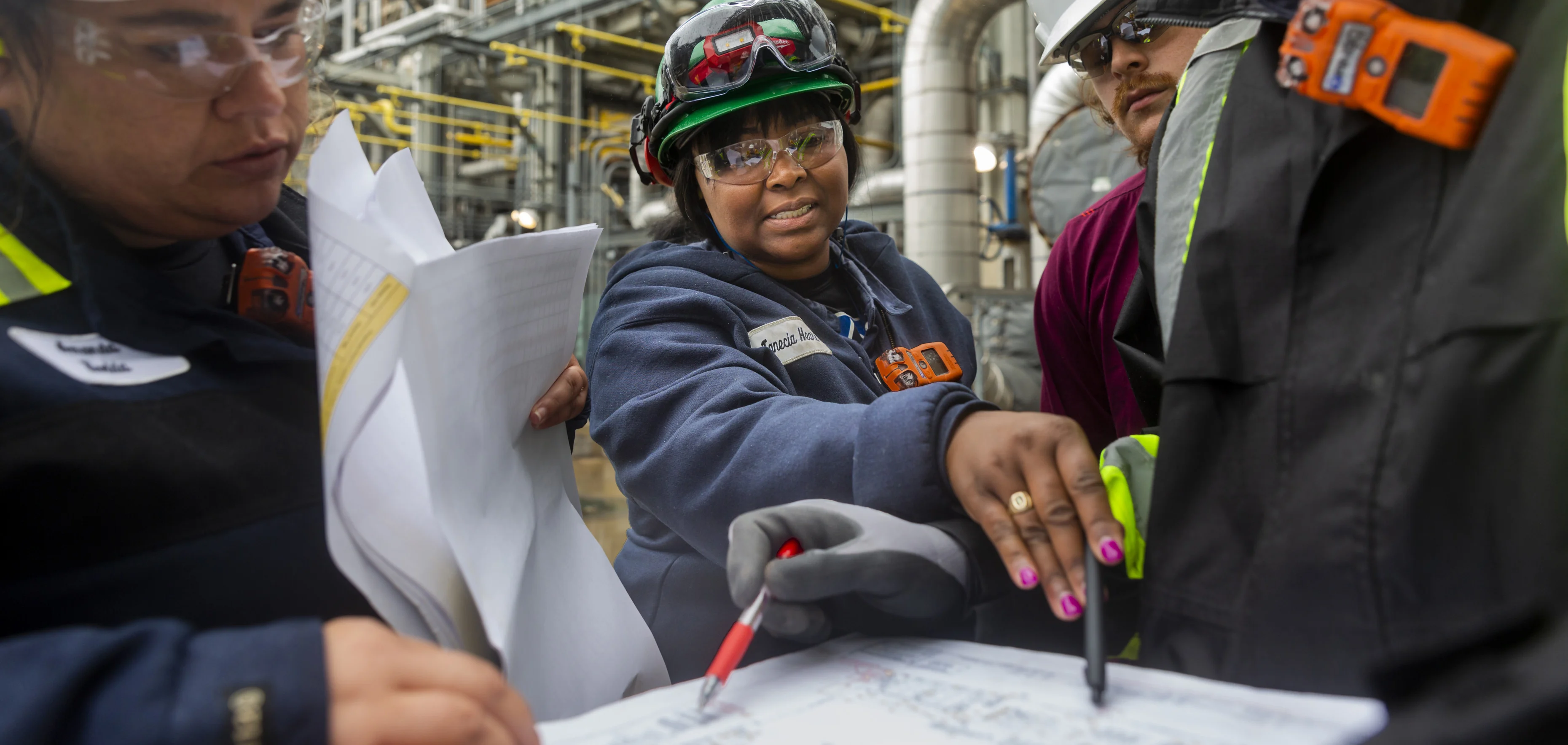bp is backing low carbon hydrogen – a key enabler to decarbonize hard-to-abate industry
bp’s hydrogen pipeline
bp has a global project pipeline of 2.8 million tonnes per annum of hydrogen production capacity
Developing projects
Developing more than 10 projects across Europe, the US and Australia
Australian Renewable Energy Hub
Project spotlight
At full scale, the AREH could produce 1.6 million tonnes of green hydrogen a year for the domestic market and export
HyGreen Teesside & H2Teesside
Project spotlight
The two projects aim to produce up to 500MW of green hydrogen and 1GW of blue hydrogen by 2030 – enough to meet 15% of the UK government’s hydrogen target
HyVal
Project spotlight
By 2030, HyVal aims to develop up to 2GW of electrolysis capacity at bp’s Castellón refinery for the production of green hydrogen
2030 aim
bp aims to deliver 0.5-0.7 million tonnes per annum of low carbon hydrogen production (net) by 2030
















